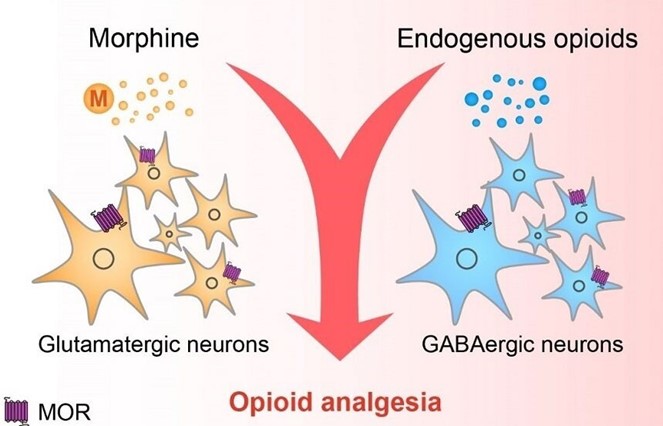For the past six hours, a postoperative male client has refused pain medication because he believed that he could "tough it out." When an opioid analgesic is administered, the client has difficulty obtaining a satisfactory level of comfort. Which action is best for the practical nurse (PN) to use in assisting this client to deal with his pain?
Dim the lights in the room and close the door.
Guide the client through slow, rhythmic breathing.
Turn the television on to the client's favorite show.
Obtain a prescription for a higher dose of pain medication.
The Correct Answer is B
This is the best action for the PN to use in assisting this client to deal with his pain because it provides a non-pharmacological method of pain relief that can enhance the effect of the opioid analgesic. Slow, rhythmic breathing can help the client relax, distract from the pain, and increase oxygenation and blood flow.

A. Dimming the lights in the room and closing the door may not be enough to help the client deal with his pain and may not address his psychological or emotional needs.
C. Turning the television on to the client's favorite show may not be effective in helping the client deal with his pain and may be distracting or irritating for him.
D. Obtaining a prescription for a higher dose of pain medication may not be necessary or appropriate for this client and may increase the risk of side effects or dependence. The PN should assess the client's pain level and response to the current dose before requesting a change in medication.
Nursing Test Bank
Naxlex Comprehensive Predictor Exams
Related Questions
Correct Answer is D
Explanation
This is the best action that describes the responsibility of the PN because it ensures that the client has given informed consent for the invasive examination and that the consent form is valid and documented. The PN should verify that the provider has explained the examination, its risks and benefits, and alternative options to the client and that the client has agreed to proceed.
A. Explaining the examination and asking the client to sign the consent form is not the responsibility of the PN but of the provider who will perform the examination.
B. Obtaining the medical record for the correct signed consent form prior to the examination is not enough to ensure informed consent and may not involve any interaction with the client.
C. Asking if the client understands the exam and why the consent form must be signed is not enough to ensure informed consent and may not address any questions or concerns that the client may have.
Correct Answer is C
Explanation
Correct Answer: C. Measure the next voiding, then palpate the client's bladder.
Choice A rationale:
Catheterizing the client for residual urine volume is not necessary at this point because the woman has recently given birth, and frequent urination is common during the postpartum period. Additionally, catheterization poses risks of infection, so it should be reserved for situations where it is clinically indicated.
Choice B rationale:
Evaluating for normal involution and massaging the fundus is not relevant in this context. Fundal massage is performed after childbirth to ensure the uterus contracts and prevents excessive bleeding. The woman's concern is about frequent urination, which does not require fundal massage.
Choice C rationale:
Measuring the next voiding and palpating the client's bladder is the most appropriate action. The woman's increased frequency of urination could be due to postpartum diuresis, a normal physiological process where the body eliminates excess fluid accumulated during pregnancy. By measuring the next voiding and palpating the bladder, the nurse can assess for bladder distension or retention, which could be signs of a problem.
Choice D rationale:
Obtaining a specimen for urine culture and sensitivity is not indicated in this situation. There is no evidence to suggest that the woman has a urinary tract infection or other urinary issues that would warrant a urine culture at this time.
Whether you are a student looking to ace your exams or a practicing nurse seeking to enhance your expertise , our nursing education contents will empower you with the confidence and competence to make a difference in the lives of patients and become a respected leader in the healthcare field.
Visit Naxlex, invest in your future and unlock endless possibilities with our unparalleled nursing education contents today
Report Wrong Answer on the Current Question
Do you disagree with the answer? If yes, what is your expected answer? Explain.
Kindly be descriptive with the issue you are facing.
